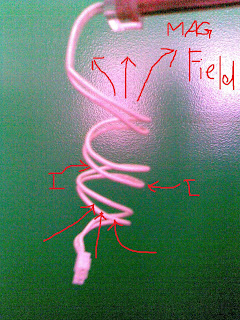This weekend my lion dance group had to go pay respects to our late
sigong, over the Pali at Hawaii memorial cemetery. On the way there some of us were sitting on the back of a Chevy Silverado. AS I was sitting there, I realized that the wind was blowing really hard against my face. Now the frame of reference from my pint of view was that that I was stationary while the wind was blowing, but in reality the truck was accelerating at at about 15mph/s for three seconds from a still. As I sat there I realized I had a revelation: I needed to do a blog. I saw how my had would feel differently depending on how I held it in the wind. Now assuming the wind is moving (or I am moving) at a constant acceleration each time I took the photo, the air pressure against my hand would be constant. Now the experiment comes from varying surface area acting against this constant pressure in AP=F to determine the amount of drag force.
.jpg)
An open had has about .022 meter squared,
.jpg)
a closed hand has about .0066 square meters,
.jpg)
and a flat hand has an area of .001. As the area becomes smaller the force acting on my hand would become smaller and smaller. This is why cars are designed to have minimum surface area to face oncoming wind drag.
.jpg) An open had has about .022 meter squared,
An open had has about .022 meter squared, .jpg)
.jpg) and a flat hand has an area of .001. As the area becomes smaller the force acting on my hand would become smaller and smaller. This is why cars are designed to have minimum surface area to face oncoming wind drag.
and a flat hand has an area of .001. As the area becomes smaller the force acting on my hand would become smaller and smaller. This is why cars are designed to have minimum surface area to face oncoming wind drag.
.jpg)
.jpg)
.jpg)

.jpg)
